Like Cebu’s lechon or Pampanga’s sisig, Isabela has its traditional fare which makes travel to this province worth it.
While it’s still under the radar as local food destinations go, Isabela is rich when it comes to gastronomy. Ask people who have sampled Isabela’s delicacies such as moriecos and inatata, or specialties like lechon cordero.
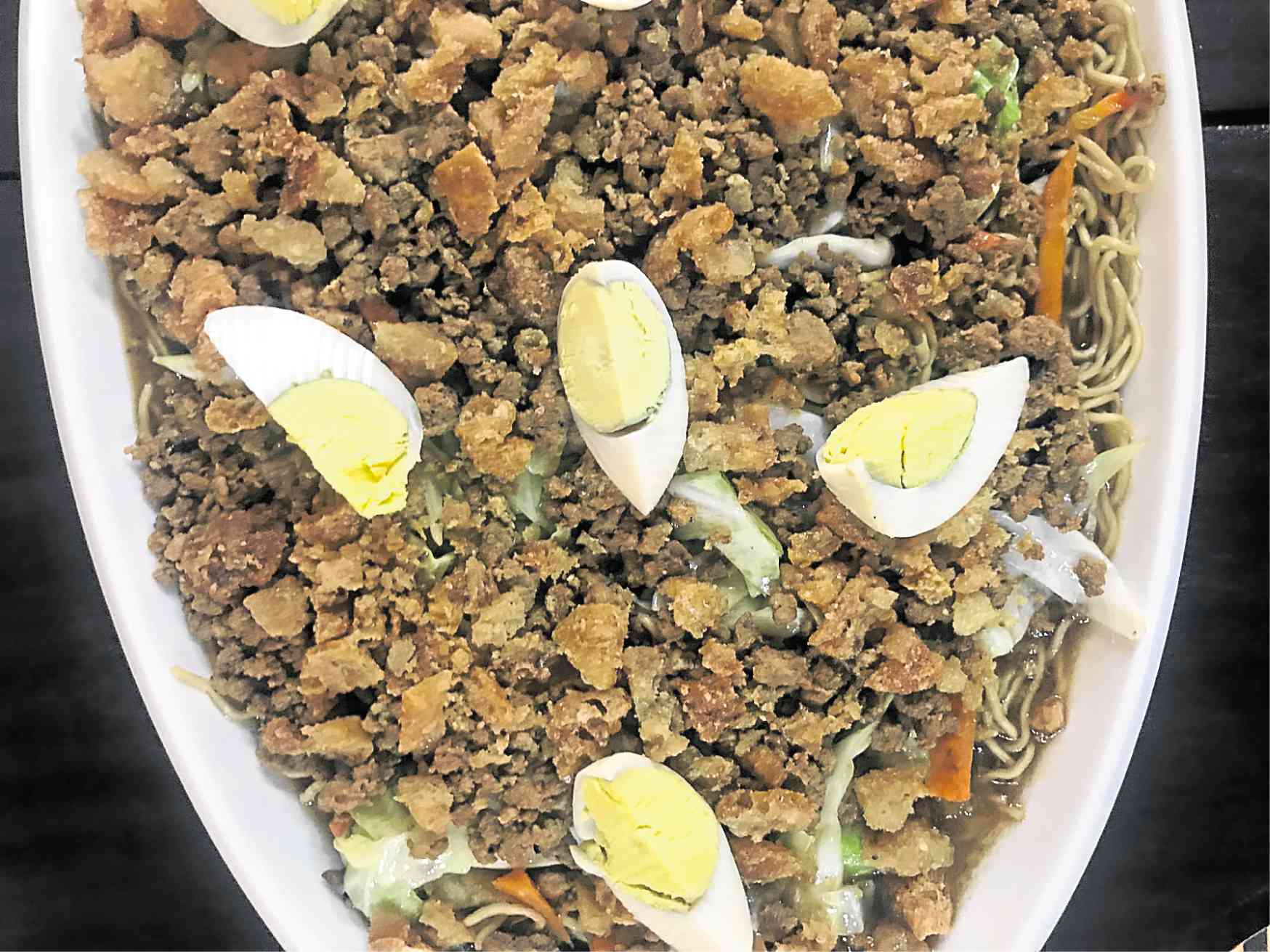
Zein’s Pancit Cabagan
There are many streetside stalls selling Pancit Cabagan along Maharlika Highway in Ugad, Isabela. But the one that locals, politicians and celebrities go to is the Zein Panciteria and Coffee Shop operated by Maria Nilda Zipagan.
Her place has been around for seven years, selling over 100 plates of the pancit daily.
Her humble shack started as an internet cafe, but when she began offering noodles to augment her daily sales, she realized that she was earning more selling food, which required less cost and electricity. She turned her shop into a restaurant that grew bigger to meet the high demand.
Her brother-in-law, Daniradan Zipagan, manages the kitchen. He says that his Pancit Cabagan recipe is based on his mother’s. He comes from a neighborhood where children, early on, are taught how to cook the noodle dish, and where each family has its version.
Pechay and kuchay usually go into the pancit, but Zipagan adds green beans, carrots, cabbage and red bell pepper, then tops it with boiled egg and chicharon.
Pancit variations from eateries along the highway contain dried squid, instead of ground pork, and one flavored with guinamos.
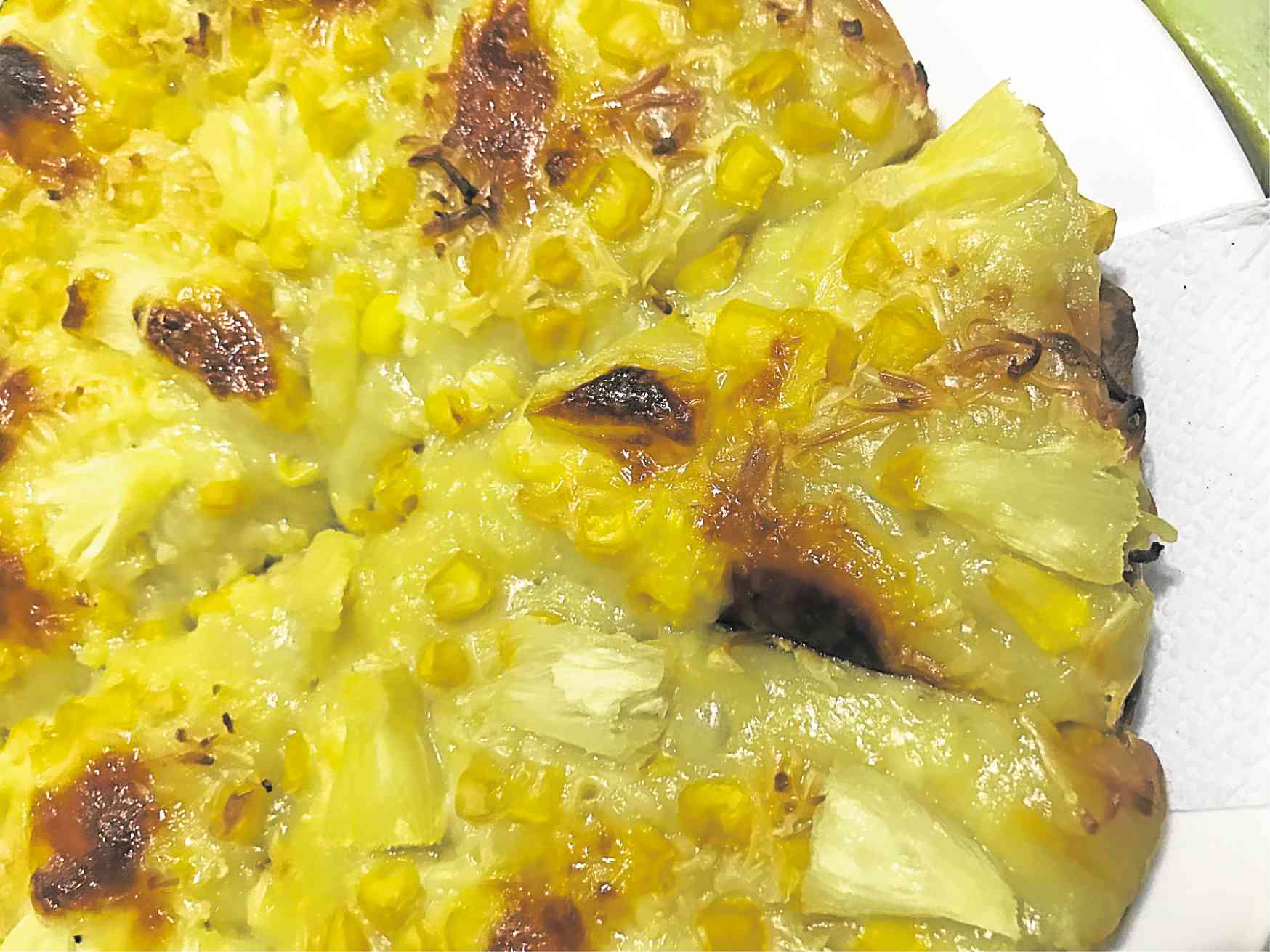
Mangi Food Hauz
The city of Ilagan in Isabela is the Philippines’ corn capital—where 80 percent of the population are corn farmers. So it’s only practical and clever to have a restaurant that offers the best corn fare.
That’s Mangi Food Hauz, which is run by the DA-CVIARC Employees Multi-Purpose Cooperative, where Elizabeth Allam has developed various corn recipes.
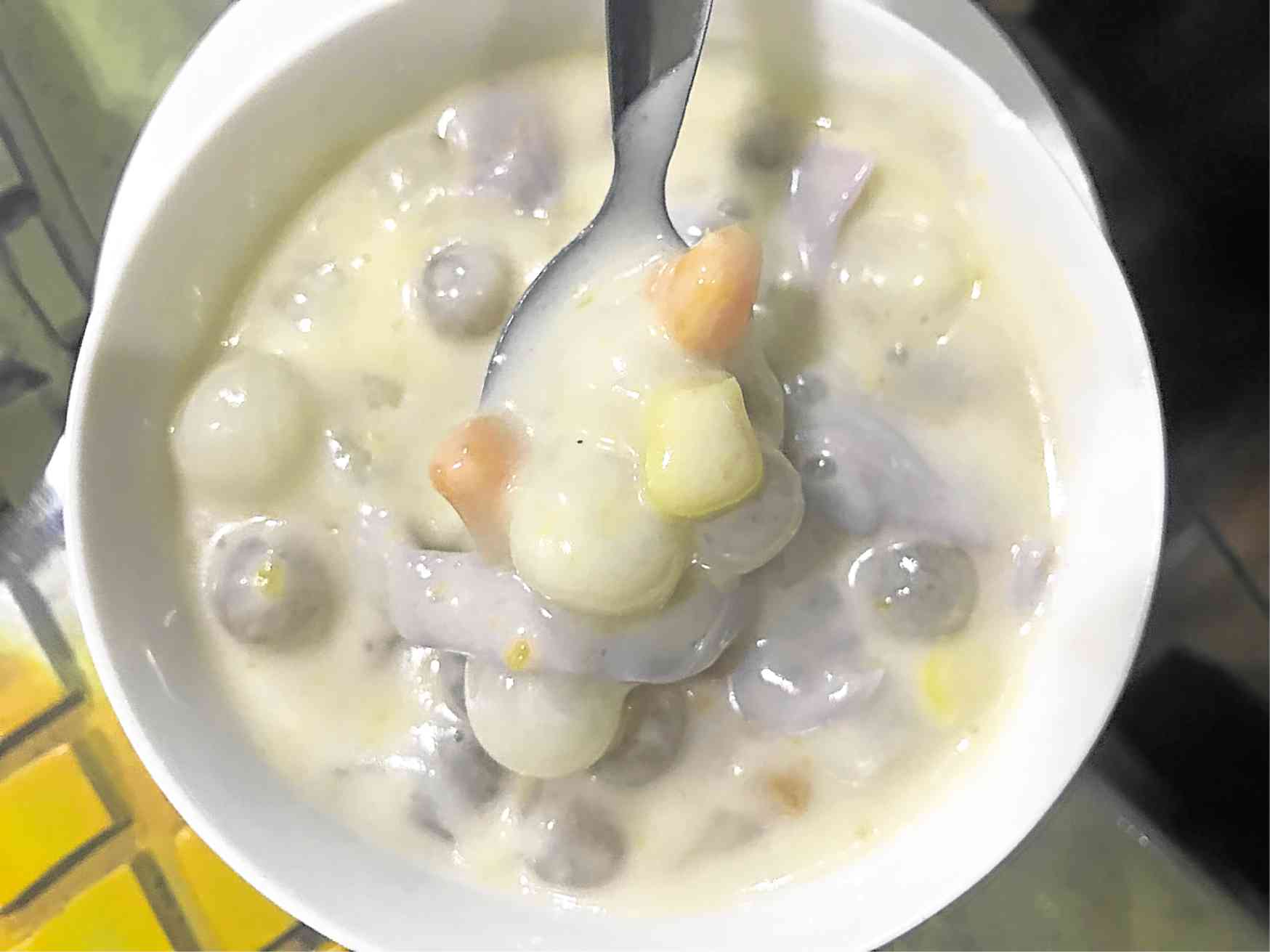
The restaurant serves a creamy carbonara of flat noodles made of purple corn; pinataro, its take on guinataan where the galapong is corn-based; a vegan sausage called “cornganisa,” composed of mushrooms, malunggay, tofu and, of course, corn; and a creamy corn pizza in which corn is used for the topping, sauce and dough.
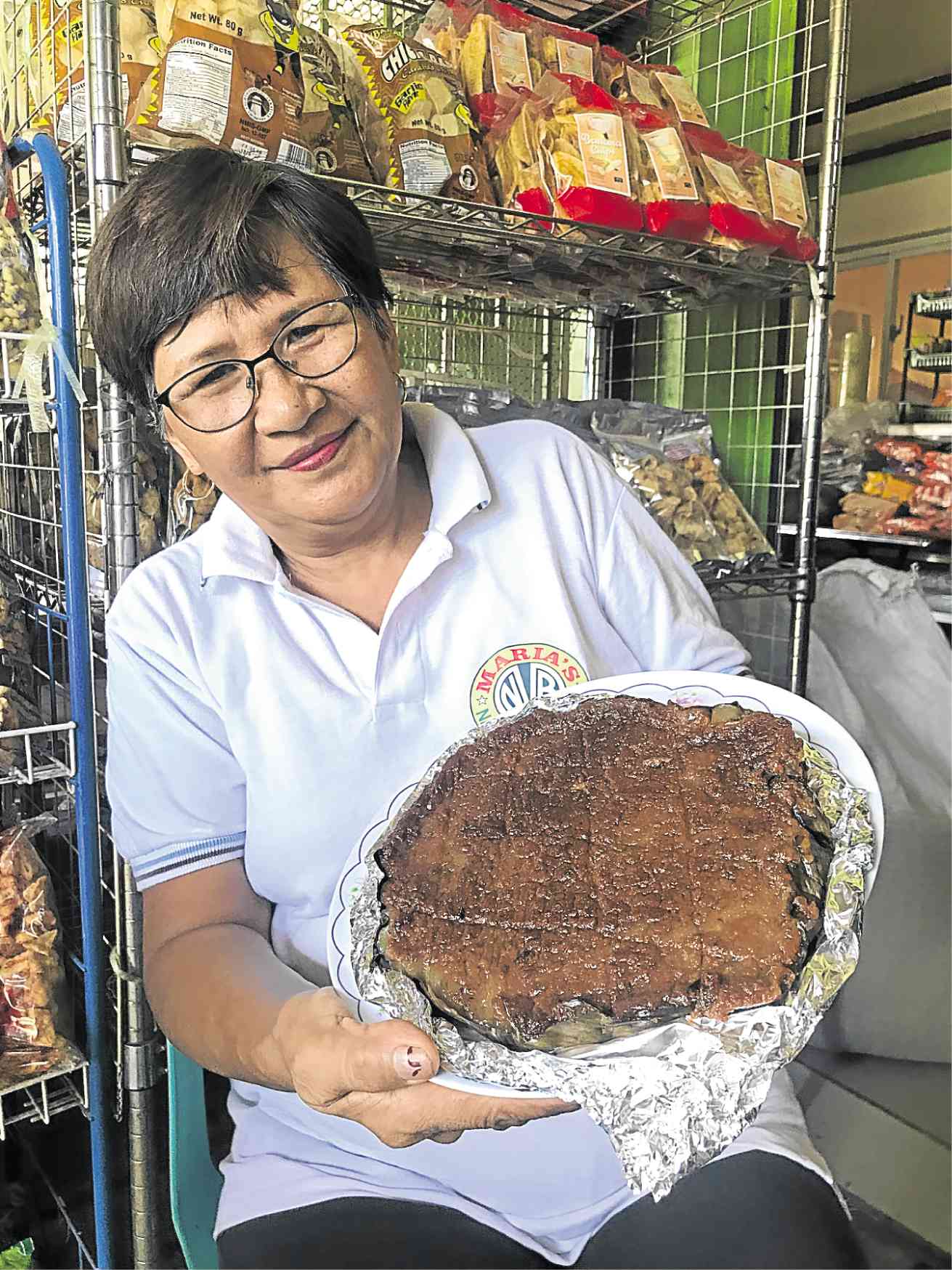
Maria’s Native Bibingka
Maria Gloria Guifaya took over her family’s kakanin business in 1995, 25 years after it opened.
She learned how to make different kinds of bibingka from her mom, and the ones they sold drew people even from far-flung areas.
From a hidden alley, they moved to a more accessible spot in Barangay Magsaysay in Naguilian.
The bigger space accommodated an equipment that allows the Guifayas to bake almost 200 rice cakes a day. They turned out other items such as yema, cheese bars, pastillas, bugnay wine, rice-cassava crackers, and carabao chicharon—which made the place a popular pasalubong center in the city.
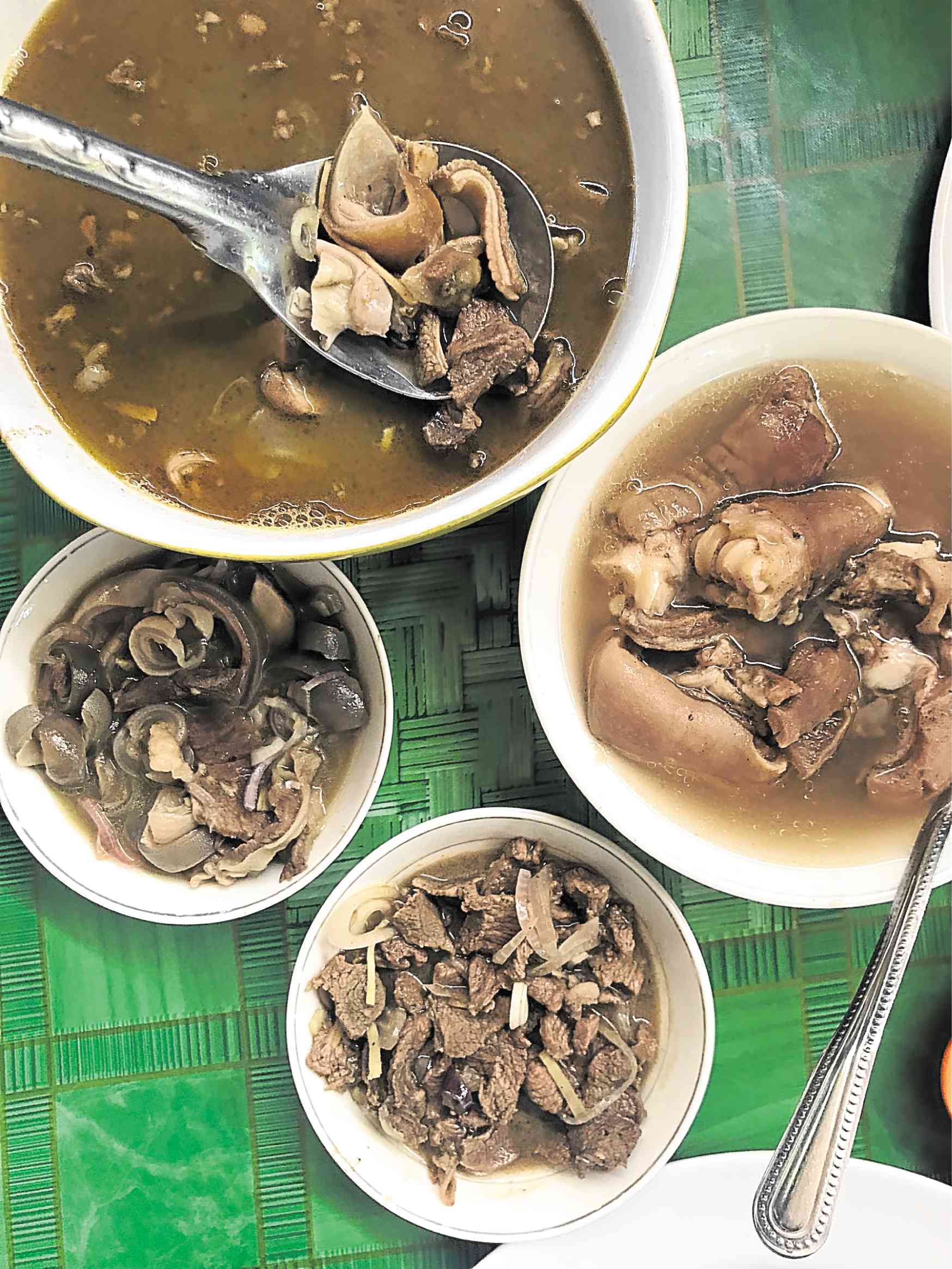
Kuya Raymond’s Kambingan
In Cabatuan is a six-year-old restaurant that serves nothing but goat.
Raymond Ong raises goats in an organic way on the lot where the restaurant is. He slaughters at least one goat, which weighs at least 25 kilos, daily, to be cooked in various dishes.
He developed all the recipes. Even the bones are used to make a flavorful broth.
The skin and some tender meat are made into kilawin, while the loin is reserved for the imabliktad.
He also has sinampalukan, pinapaitan, ata-ata, and even a soupy dish that makes use of the butt and balls.
The most popular dish, with reservations done a day before, is fried adobo, with the ribs cooked in soy sauce and vinegar, then deep-fried to a lovely crisp.
Pedrito’s Puto
Sisig rice, buffalo wings, signature fried chicken, bulalugaw, or lugaw cooked with bulalo broth—there are many to like on the menu of Pedrito’s at the corner of Roxas and Doña Aurora Streets in Cabatuan.
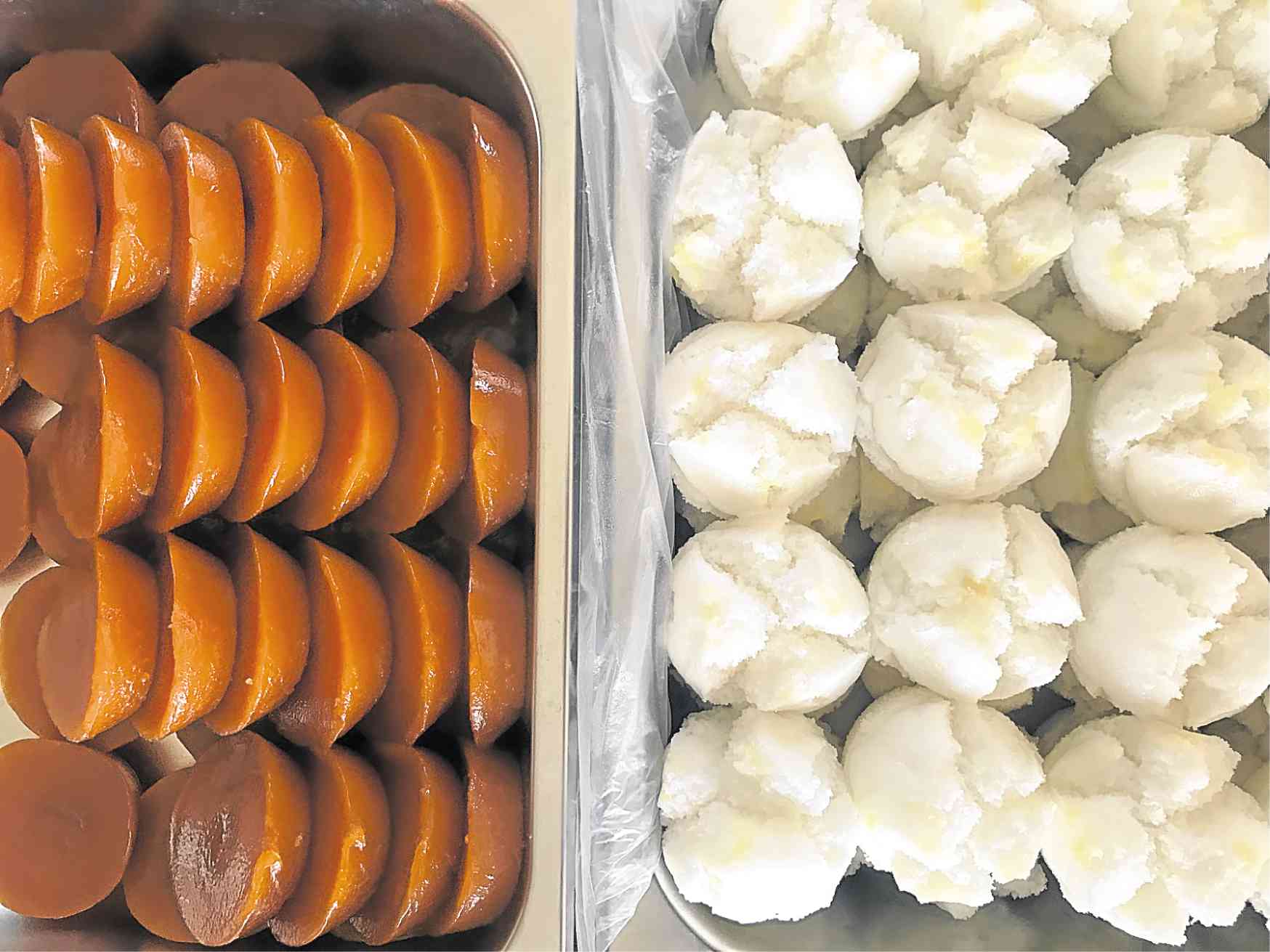
But the two items people can’t seem to get enough of are the puto and kutsinta of Manang Irene Ramos who owns and runs Pedrito’s. She has been making them since the 1980s.
Now, other food joints like Aling Loring’s Gotohan get puto and kutsinta from her since it pairs well with her serkele, a version of dinuguan.
There’s really no secret to her food, says Ramos. She just uses quality ingredients. Double diamond rice flour is used to produce light and pillowy rice cakes.
There are orders that come from as far as Manila, which customers ask to be sent by bus or for pickup.
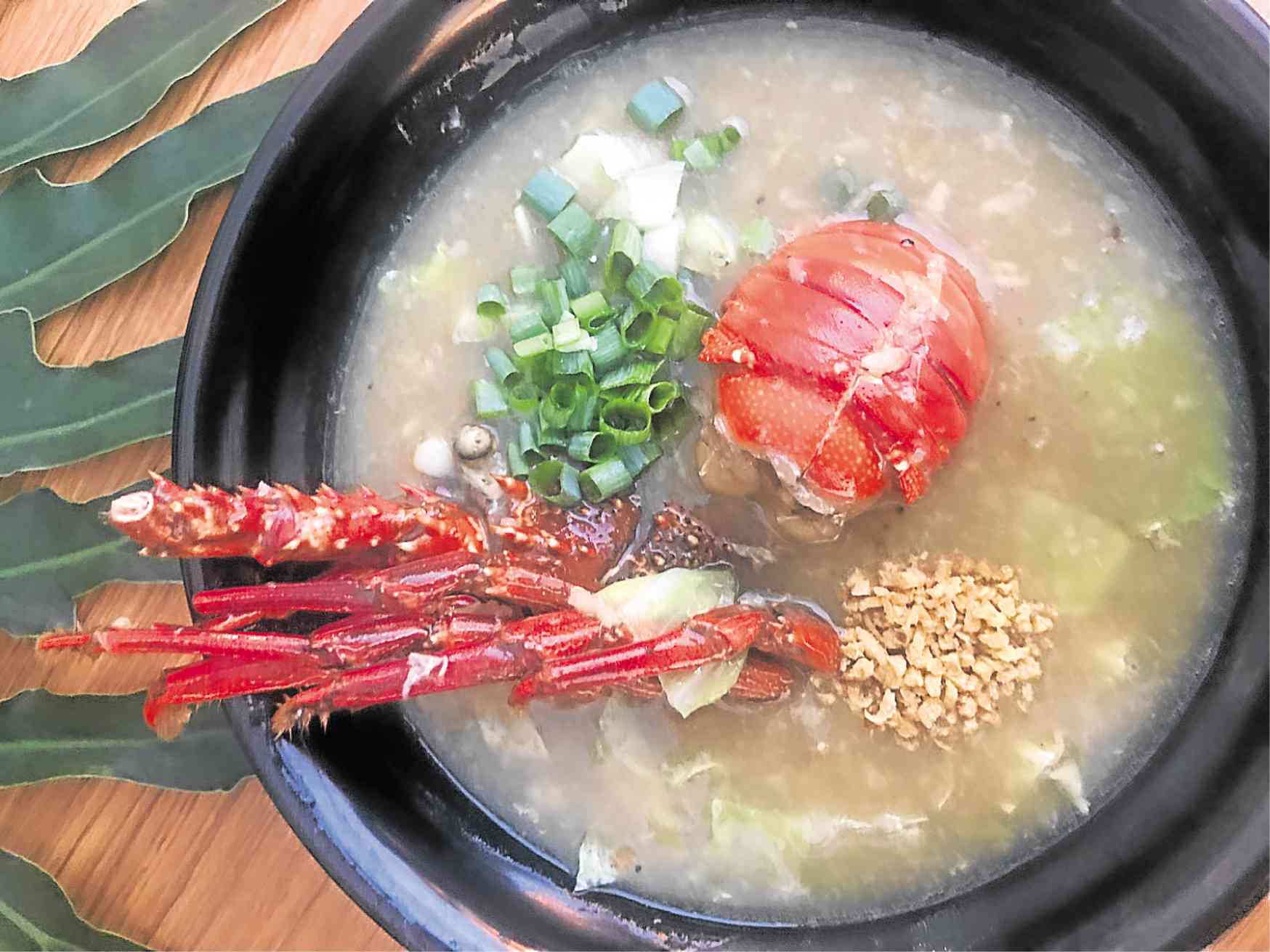
Hotel Sophia’s Lobster Lugaw
One of the most prestigious accommodations in Region 2 is Hotel Sophia in Cauayan City, with its spacious rooms, swimming pools, and a huge outdoor LCD TV for leisure hours.
Its close proximity to the airport makes it an easy choice. But perhaps what seals the deal for many guests is its off-the-menu offering—lobster lugaw.
It was inspired by a dish the owners enjoyed in Taiwan.
Lala Garcia, who owns the hotel with her husband, Theo, was born in Palanan, Isabela, where lobsters thrive. Whenever there’s a fresh catch, she makes a hearty porridge with a very potent lobster broth.
The hotel also serves the lobsters grilled or steamed, with lemon butter, and as sashimi when very fresh.
Homegrown talents
Rodel Sioson used to work for the Saisaki group and also as a cook in a luxury liner. After settling down in Isabela where he cooks for the Albano family, he opened a small Joros Resto and has also become in demand as a caterer for big events and weddings.

He does a good version of Pancit Cabagan using tiny clams called asisi, and also makes a delicious salt-baked seafood entree using lisas fish, which is similar to ludong, the most expensive fish in the country.
Jay “Venus” Castañeda, who promotes food in Isabela, once won in a local TV culinary competition called Master Kusinero with his creative dishes like the Malonga Isabela, a corn tamale studded with salted egg, banana and cheese.
Now an advocate of Isabela cuisine, he organizes food events among students, home cooks, and home-based and small-scale brands.

Nenita Javier, 63, is among the few who continue to make the native delicacy tupig. She has been making it for the last 30 years, with the tinubong, which uses the same mixture but is cooked inside a bamboo over hot coal.
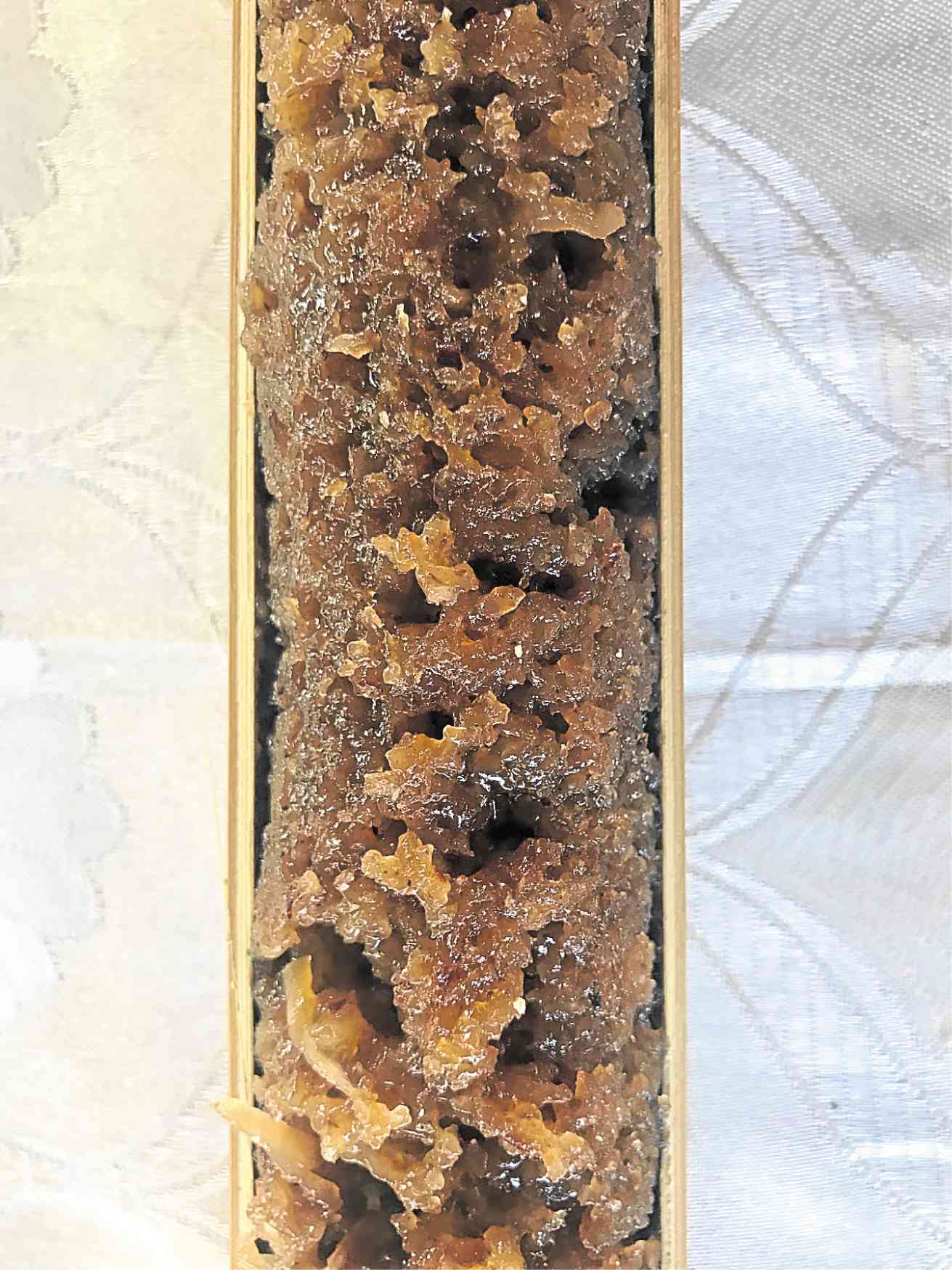
Javier gets to sell around 400 pieces a day, although the art of making tupig is slowly dying. The local government is trying to revive the industry through a festival called Panagtutupig, held every April.
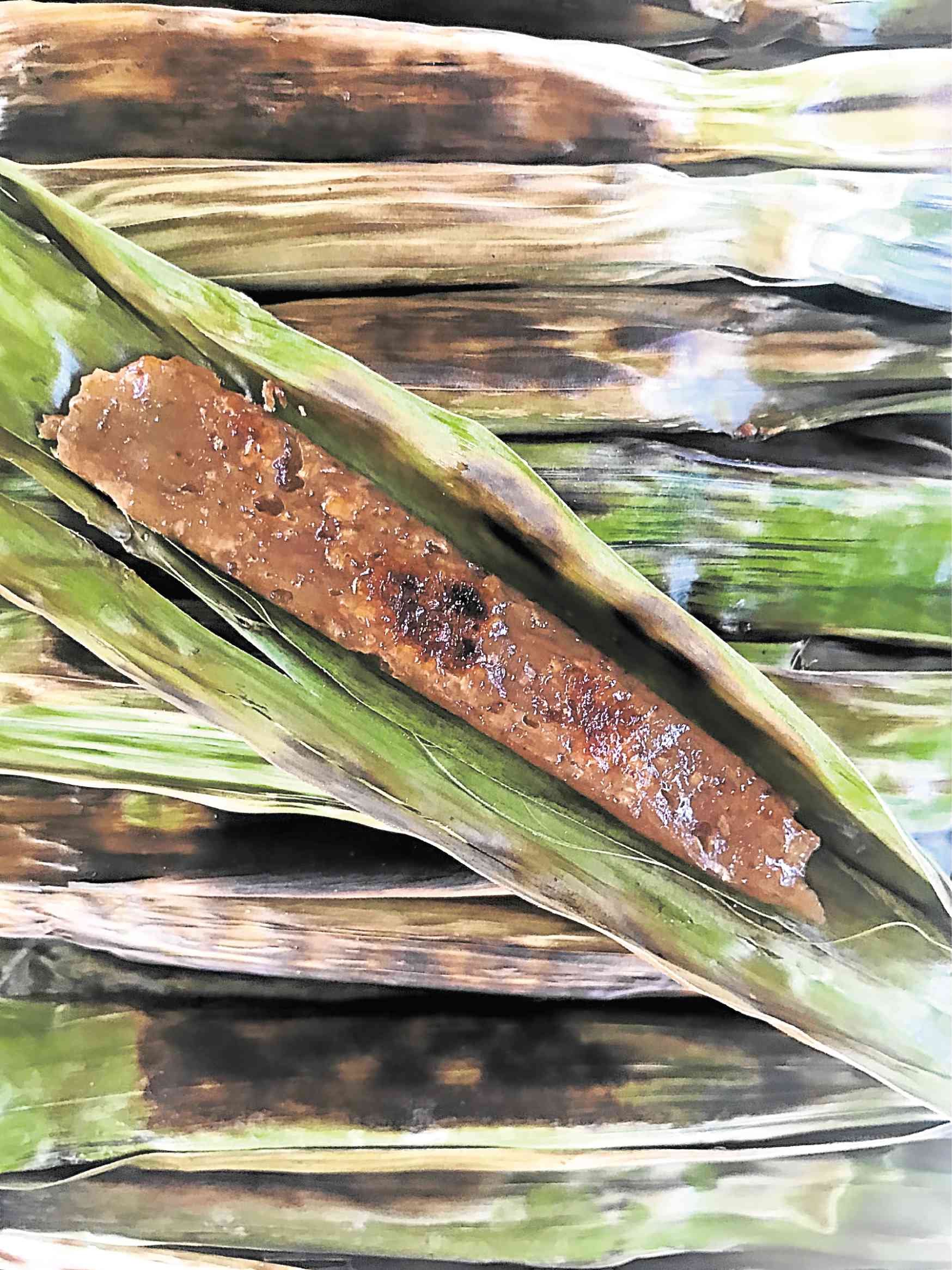
Mykee and Kyra Dy has built a brand that not only promotes the best Isabela food items under one unifying, highly marketable label, but also helps a lot of communities sustain a livelihood.

Launched this year, Reyna Isabela has over 20 food items, from “chichapop,” banana chips, cashew nuts, muscovado sugar, to pili tarts, from different cities in Isabela and with nice packaging.
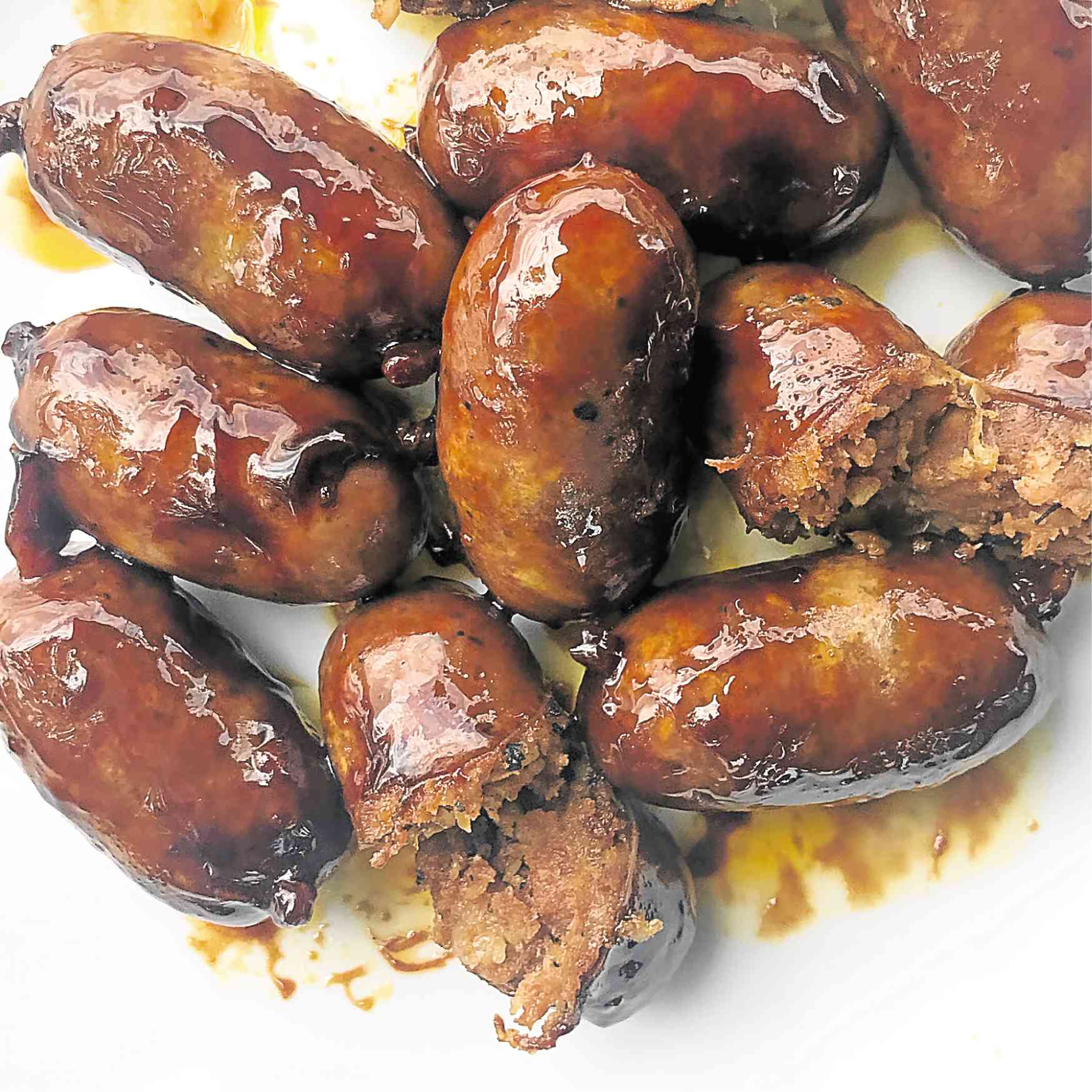
The product range, which includes Aling Belen’s famous longganisa (original and spicy), is found at Tienda in the Provincial Capitol of Isabela, and soon, in other key spots in the province. —CONTRIBUTED












































